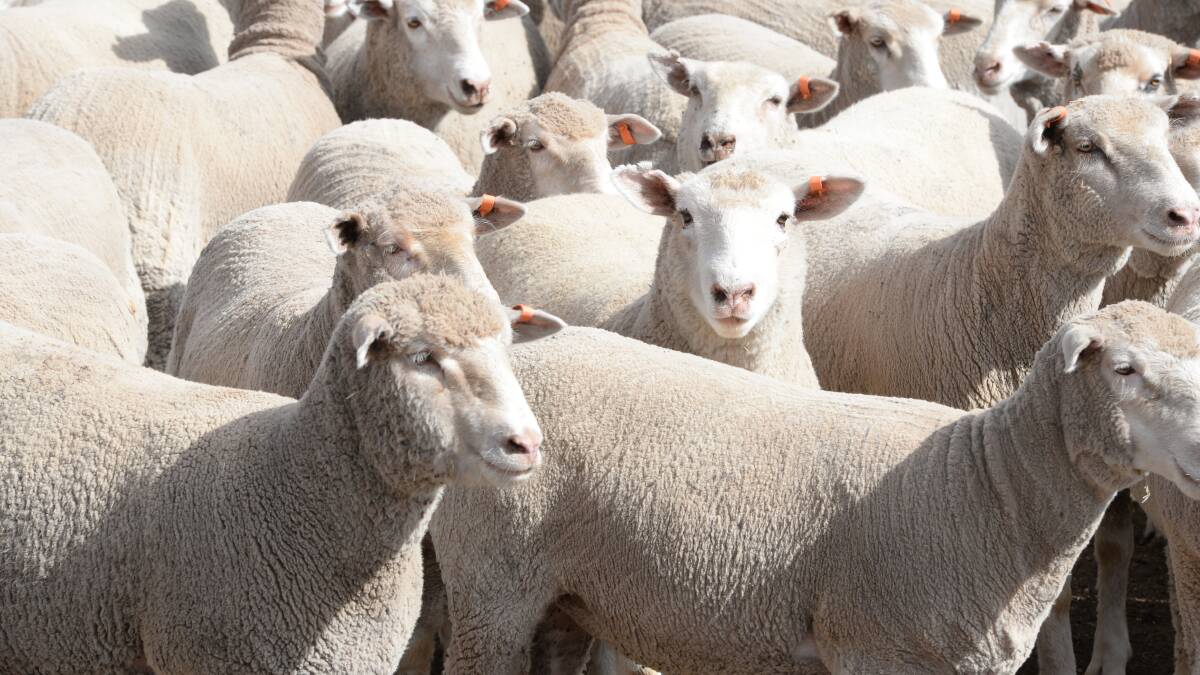
The two biggest players in the lamb export space, China and the United States, are still hungry for Aussie lamb with export volumes increasing to levels well above seasonal averages.
Subscribe now for unlimited access to all our agricultural news
across the nation
or signup to continue reading
In May lamb export volumes from Australia to the US increased by 18 per cent, taking flows to levels that are 45pc ahead of the five-year average for May.
Lamb exports to China from Australia saw a 53pc gain, representing a level that is nearly 32pc above the seasonal average pattern for May.
And from April to May, total Australian lamb export volumes lifted by 19pc to hit the highest monthly flows seen in over a year.
The Department of Agriculture, Water and Environment (DAWE) reported that 25,952 tonnes shipped weight (swt) of lamb exports were sent offshore during May 2021.
According to Thomas Elder Markets analyst Mat Dalgleish vaccination roll-outs and increased consumer confidence in the US as well as the continuing rebuild of a depleted pig herd due to African Swine Flu in China is keeping demand high for Aussie robust.
"For producers, to have the two biggest players in our space for lamb exports is a good sign," Mr Dalgleish said.
"This is the highest May import into China since 2019, being just a fraction below that 2019 level.
"China took 7239 tonnes swt during May - a level nearly 32pc above the seasonal average pattern for May and is the highest monthly total to China since May 2019.
"This signals there may still issues with their pork herd.
"US volumes weren't as strong percentage wise as the Chinese imports lift we saw in April and May, but in terms of what is normal for the US, it was really strong."
He said lamb exports to the US highlights the difference a year can make in a COVID-19 world.
"The contrast to May 2020 couldn't be more obvious when lamb exports to the US dipped significantly on the back of COVID lockdowns and total lamb exports from Australia moved under 18,000 tonnes," Mr Dalgleish said.
"May 2021 lamb export volumes are sitting 45pc higher than during May 2020 and from April lamb export volumes from Australia to the US increased 18pc to hit 6592 tonnes swt."
This represents export volumes that are 45pc above the five-year average pattern for May and are the highest monthly Aussie lamb trade flows to the US in over two years.
"The strength in the US shows that their food sector is running well. I guess that is confidence around the roll-out of their vaccination program," Mr Dalgleish said.
"They seem to be much further along than we are with that vaccine program and therefore their economy is getting back to a more normal operation and that's a good sign for sheepmeat exports."
Sixty per cent of Australian sheepmeat exports in the US go into the food service sector and 60pc of those flows go into what they call the high-end restaurants or fine dining.
"Those sit down high-end restaurants were the ones that were hit during COVID. The take-away options managed to survive pretty well," Mr Dalgleish said.
"The food service sector and in particular the higher-end of that sector is crucial. It needs to be operating well to make sure that US demand is robust and that's certainly what these figures are suggesting - that the US food service sector is back on track."
With Papua New Guinea ousting Qatar as the fourth highest destination for Aussie lamb, lamb export flows to Australia's "other destinations" (not including the top four trade locations of US, China, UAE and PNG) signals continued confidence in a recovering global economy with a preference of Australian lamb.
Aussie lamb exports to the "other destinations" lifted nearly 7pc from April to May to see 9817 tonnes shipped.
Mr Dalgleish said while the improvement was a welcome signal it still represents levels that are 12pc under the five-year average seasonal pattern for May.
"Every other country outside of the top four, the trend has been increasing," he said.
"The volumes have been increasing more and more each month which to me shows that lamb and sheepmeat responds very closely to global growth.
"When you look at the rest of the world in terms of where we export to, outside of the top four, the trend has been higher and higher volumes each month since the start of the year.
"And although that trend line is still below average, the fact that the trend has been improving each month since the start of the year is suggesting the world economy is improving and is coming out of the COVID recession.
"That is also a good signal for the producer here."


